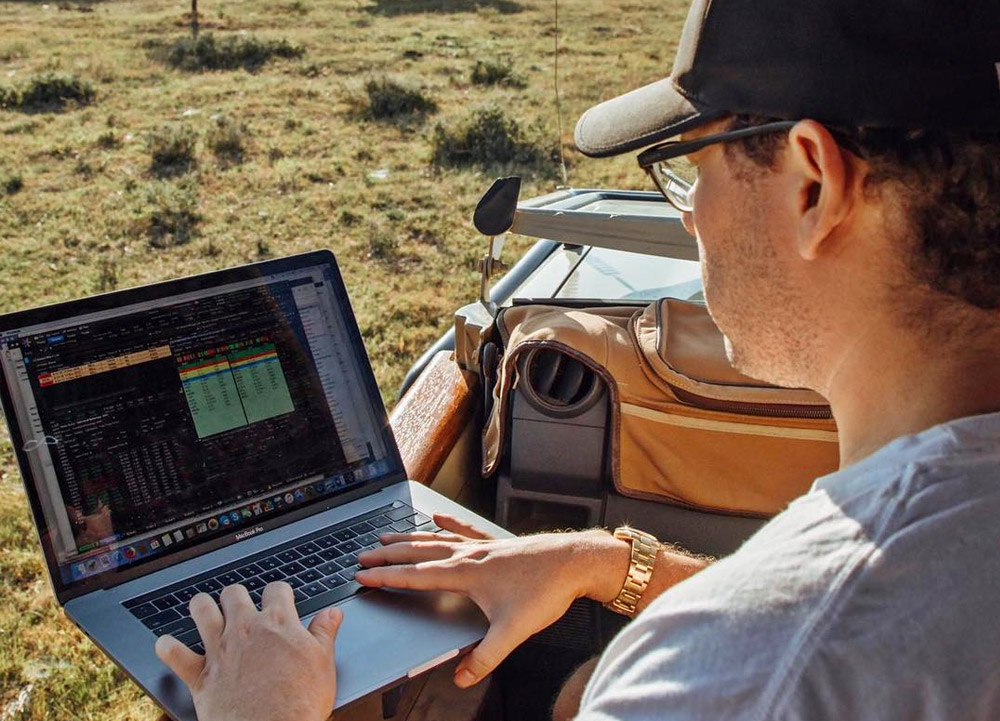In the fast-paced world of finance, automated trading has emerged as a powerful tool, revolutionizing the way traders approach the markets. With a plethora of algorithms and strategies at their fingertips, investors are now equipped to make split-second decisions, tapping into the vast reservoir of data available at any moment.
Yet, navigating this landscape can be daunting; the sheer number of platforms and tools can overwhelm even the most seasoned trader. This comprehensive guide endeavors to illuminate the best tools for automated trading, offering insights into their unique features, benefits, and how they can enhance your trading journey.
Whether youre a novice seeking to dip your toes into the realm of algorithmic trading or a veteran looking to refine your toolkit, join us as we explore the cutting-edge innovations shaping the financial markets. Get ready to unlock new opportunities and maximize your trading potential!
Top Automated Trading Tools
In the dynamic realm of automated trading, the right tools can make all the difference between profit and loss. Leading the charge are robust platforms like MetaTrader 4 and 5, which offer an intuitive interface and powerful charting tools tailored for both novices and seasoned traders alike.
Meanwhile, TradingView stands out with its vibrant social community, enabling users to share strategies and insights. Not to be overlooked, platforms like Alpaca bring the innovation of commission-free trading, unlocking opportunities for algorithmic strategies with ease.
And then there are advanced tools like auto trading software such as Trade Ideas that harness artificial intelligence to deliver real-time market insights and alerts, empowering traders to seize fleeting opportunities. Each tool presents a unique blend of features and usability, ensuring that whether you seek detailed analytics or seamless execution, there\’s a perfect match waiting to elevate your trading experience.
Automated Trading Strategies

Automated trading strategies serve as the backbone of modern trading systems, enabling investors to capitalize on market movements with precision and speed. These strategies can vary dramatically, from straightforward algorithms that track price trends to complex machine learning models that analyze vast datasets, predicting market behavior with remarkable accuracy.
For instance, trend-following strategies might benefit from historical price data, executing trades only when certain thresholds are met, while arbitrage strategies exploit price discrepancies across different markets or assets. Yet, the true brilliance of automated trading lies in its ability to operate tirelessly, executing orders in milliseconds—far beyond the capacity of human traders.
However, the effectiveness of these strategies is contingent upon robust risk management protocols and ongoing performance evaluations, ensuring that gains are sustained while minimizing potential pitfalls in volatile environments. Ultimately, the landscape of automated trading is both dynamic and fascinating, inviting traders to explore innovative approaches that can redefine their market experiences.
Regulatory Considerations in Automated Trading

Navigating the regulatory landscape of automated trading is essential for both novice and seasoned traders alike. Regulatory bodies, such as the Securities and Exchange Commission (SEC) and the Commodity Futures Trading Commission (CFTC) in the U.S.
, have implemented stringent rules to ensure market integrity and protect investors. These regulations encompass a wide array of factors, including registration requirements for trading platforms, adherence to anti-fraud provisions, and transparency in algorithm development.
Traders must remain vigilant, as violations can lead to hefty fines or, in severe cases, a complete shutdown of operations. Moreover, as technology evolves—think artificial intelligence and machine learning—so too does the regulatory framework, prompting traders to stay informed about ongoing changes and emerging compliance mandates.
In this dynamic environment, understanding the implications of these regulations is not merely a formality; its a prerequisite for sustainable success in automated trading.
Conclusion

In conclusion, the landscape of automated trading offers a myriad of tools designed to enhance trading efficiency and decision-making. By leveraging advanced auto trading software, investors can automate their strategies and take advantage of market opportunities with unprecedented speed and accuracy.
As the technology continues to evolve, it is crucial for traders to stay informed about the latest innovations and best practices in automated trading. By choosing the right tools and maintaining a disciplined approach, traders can navigate the complexities of the market and optimize their trading performance for long-term success.
 HQ Grande Prairie HQ Grandie Prairie is an online news portal aimed at providing latest day to day happenings of the World to its viewers.
HQ Grande Prairie HQ Grandie Prairie is an online news portal aimed at providing latest day to day happenings of the World to its viewers.

